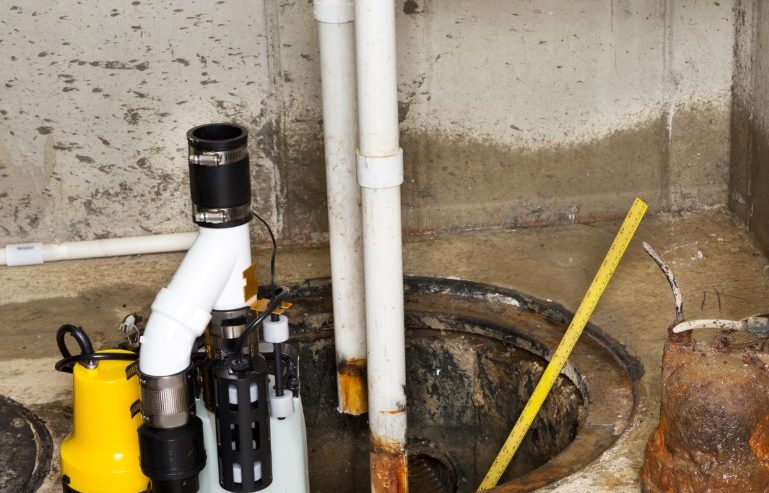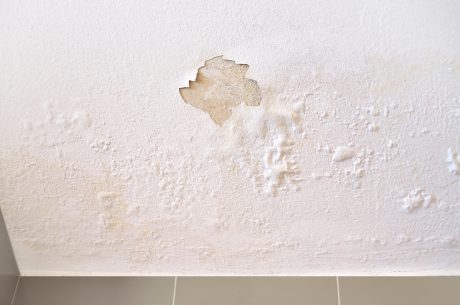Water damage is a homeowner’s nightmare. It can lead to costly repairs, health hazards, and a decrease in property value.
Preventing water damage is crucial. It’s not just about saving money, but also about maintaining your home’s integrity.
In this article, we’ll introduce five essential tools for preventing water damage. These tools are practical, effective, and can be used by any homeowner.
We’ll also provide tips on how to use these tools effectively. Plus, we’ll discuss the importance of regular maintenance to ensure they function properly.
Whether you’re a new homeowner or have been one for years, this guide will help you protect your home from water damage. Let’s dive in and explore these essential tools.
Understanding Water Damage and Its Impacts
Water damage is more than just a leaky faucet or a damp basement. It’s a serious issue that can compromise the structural integrity of your home.
Over time, water damage can lead to mold growth, which poses health risks. It can also cause wood to rot, paint to peel, and metal to rust.
The impact of water damage extends beyond physical damage. It can also lead to increased utility bills, insurance claims, and even legal issues.
Common Causes of Water Damage in Homes
Water damage can occur because of various reasons. One of the most common causes is plumbing issues, such as leaky pipes or faulty appliances.
Natural disasters like floods, hurricanes, and heavy rainfall can also lead to water damage. Other causes include roof leaks, poor drainage, and high humidity levels.
The Cost of Neglect: Water Damage Restoration vs. Prevention
Ignoring water damage can lead to costly consequences. The cost of water damage restoration can range from hundreds to thousands of dollars, depending on the extent of the damage.
On the other hand, investing in water damage prevention tools and regular maintenance can save you from these hefty expenses. It’s a small price to pay for the peace of mind and the preservation of your home’s value.
Essential Tool #1: Sump Pumps
A sump pump is a crucial tool for preventing basement flooding. It’s designed to remove accumulated water in a sump basin, typically installed in the lowest part of your basement or crawlspace.
When the water level in the sump basin rises, the sump pump activates and pumps the water out of your home. This helps prevent water damage and the growth of mold and mildew.
Sump pumps come in two main types: submersible and pedestal. Both have pros and cons, and the choice depends on your specific needs and circumstances.
How Sump Pumps Work to Prevent Basement Flooding
Sump pumps work by detecting rising water levels in the sump basin. When the water reaches a certain level, the pump turns on and moves the water away from your home. This helps keep your basement dry and prevents water damage.
Choosing and Maintaining Your Sump Pump
When choosing a sump pump, consider the size of your basement, the amount of moisture it typically gets, and the pump’s capacity and durability. Regular maintenance, such as cleaning and testing, is also crucial to ensure your sump pump works effectively when needed.
Essential Tool #2: Water Sensors and Alarms

Water sensors and alarms are another essential tool for preventing water damage. These devices are designed to detect the presence of water in areas where it shouldn’t be, such as near appliances, pipes, and basements.
When the sensor detects moisture, it triggers an alarm. This early warning system allows you to address the issue before it escalates into significant water damage.
There are various types of water sensors, including standalone alarms, smart home-integrated sensors, and those that can send alerts to your phone.
The Role of Early Detection in Water Damage Prevention
Early detection is key in preventing extensive water damage. Water sensors and alarms provide this early warning, giving you the chance to address the issue promptly. This can save you from costly repairs and the hassle of extensive water damage.
Installation Tips for Water Sensors
When installing water sensors, place them in areas prone to leaks or flooding, such as near washing machines, dishwashers, water heaters, and basements. Ensure the alarm is loud enough to be heard throughout the house or opt for a model that can send alerts to your phone for added convenience.
Essential Tool #3: Automatic Shut-Off Valves
Automatic shut-off valves are a crucial tool in preventing water damage. These devices are designed to stop the flow of water when a leak is detected, preventing further damage.
They are typically installed near the water main and can be integrated with water sensors for a thorough water damage prevention system.
Some models can even be remotely controlled, allowing you to shut off your water supply even when you’re not at home.
How Automatic Shut-Off Valves Can Save Your Home
Automatic shut-off valves can save your home from extensive water damage. By stopping the water flow at the first sign of a leak, these devices can prevent a small issue from becoming a major problem. This can save you from costly repairs and the stress of dealing with water damage.
Integrating Shut-Off Valves into Your Water System
Integrating automatic shut-off valves into your water system is a smart move for water damage prevention. Have a professional install the valve near your water main. For added protection, consider integrating it with water sensors to create a comprehensive water damage prevention system.
Essential Tool #4: Dehumidifiers

Dehumidifiers are another essential tool for preventing water damage. They work by reducing the humidity levels in your home, which can prevent the growth of mold and mildew.
These devices are particularly useful in areas of your home that are prone to dampness, such as basements and bathrooms.
By maintaining optimal humidity levels, dehumidifiers can help protect your home from the damaging effects of excess moisture.
Preventing Mold and Mildew with Proper Humidity Control
Proper humidity control is key to preventing the growth of mold and mildew. These fungi thrive in damp conditions and can cause significant damage to your home. By using a dehumidifier to control humidity levels, you can create an environment that is less conducive to mold growth.
Selecting the Right Dehumidifier for Your Space
When selecting a dehumidifier, consider the size of the space you need to dehumidify. Larger spaces will require a dehumidifier with a higher capacity. Also, consider the device’s energy efficiency and noise level to ensure it fits your needs and lifestyle.
Essential Tool #5: Gutter Guards

Gutter guards are a simple yet effective tool for preventing water damage. They prevent leaves and other debris from clogging your gutters, allowing water to flow freely away from your home.
A clogged gutter can cause water to overflow and seep into your home’s foundation, leading to serious water damage. By installing gutter guards, you can prevent this from happening.
Keeping Gutters Free from Debris to Prevent Water Overflow
Keeping your gutters free from debris is crucial in preventing water overflow. When gutters are clogged, water can’t flow away from your home, increasing the risk of water damage. Gutter guards act as a barrier, keeping debris out and allowing water to flow freely.
Types of Gutter Guards and Installation Tips
There are several types of gutter guards available, including mesh, reverse curve, and bottle brush. Each type has pros and cons, so it’s important to choose the one that best fits your home’s needs. Installation can be a DIY project, but for best results, consider hiring a professional.
Building Your Water Damage Prevention Toolkit
In conclusion, preventing water damage is crucial to maintaining your home’s integrity. By investing in these five essential tools, you can protect your home from the costly and stressful effects of water damage.
Regular Maintenance and Upkeep of Prevention Tools
Remember, these tools are only as effective as their maintenance. Regular checks and upkeep are necessary to ensure they’re working optimally. This includes cleaning, replacing parts as needed, and testing their functionality.
When to Seek Professional Water Damage Restoration Services
Despite your best efforts, water damage may still occur. In such cases, it’s important to seek professional water damage restoration services promptly. They have the expertise to mitigate the damage, dry out your home, and restore it to its pre-damage condition.
For expert water restoration in Jacksonville Southbank, contact PuroClean of Jacksonville Southbank today!




 PuroClean of Jacksonville Southbank
PuroClean of Jacksonville Southbank